Last Updated on 12/18/2017 by Chris Gampat
We’re finally ready to debut our list of Editor’s Choice award products
The Phoblographer tests loads and loads of cameras, lenses, software, bags, and accessories each and every year. Here are some of our absolute favorite picks from 2017.
Cameras
Best Camera for a Working Professional: Fujifilm GFX 50S
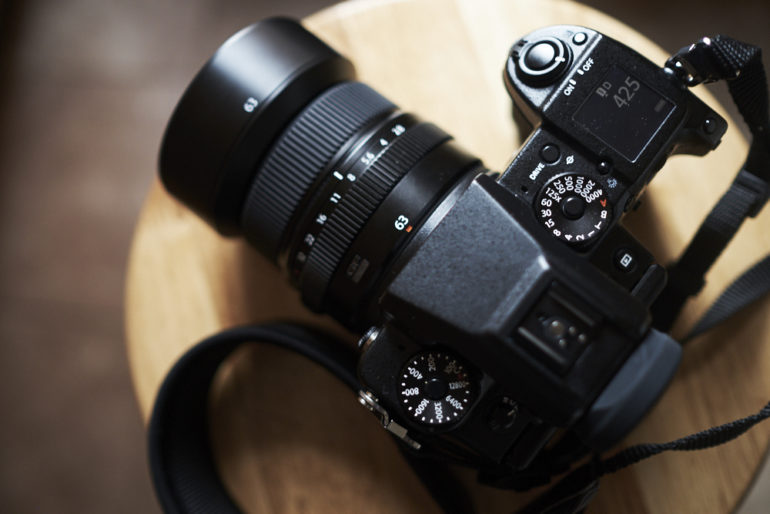 “In the hand, the camera feels very solid though incredibly lightweight. There are many 35mm DSLRs out there that feel heavier than this camera. So if you’re the type of person that needs a big heavy camera, then this probably isn’t for you.
“In the hand, the camera feels very solid though incredibly lightweight. There are many 35mm DSLRs out there that feel heavier than this camera. So if you’re the type of person that needs a big heavy camera, then this probably isn’t for you.
Working your way around the camera build though, you shouldn’t have too much of a problem if you’re an advanced shooter.”
Best Camera for a Semi Professional: Sony a9
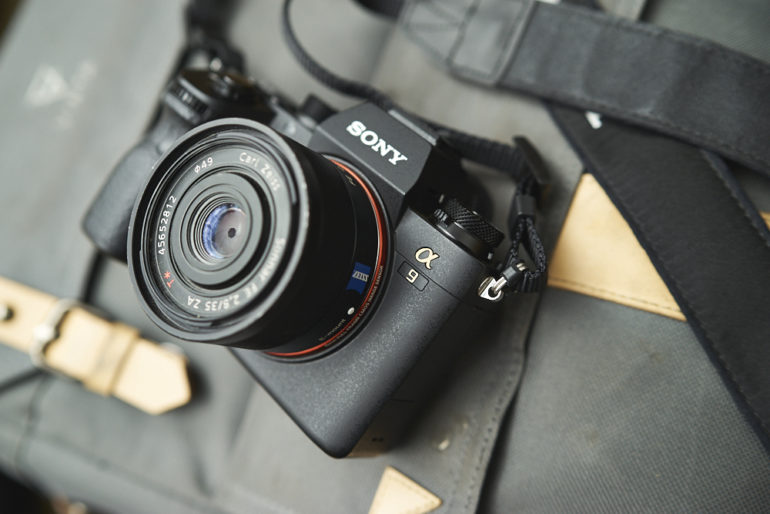 “If you weren’t a fan of Sony’s menu system already, then you may not like the new one. The new menu system on the Sony a9 is deeper and more feature packed simply because the camera is capable of doing a whole lot more. But when it comes to just taking a photo, that’s really simple. To be fair, this camera is targeted at the professional photographer.”
“If you weren’t a fan of Sony’s menu system already, then you may not like the new one. The new menu system on the Sony a9 is deeper and more feature packed simply because the camera is capable of doing a whole lot more. But when it comes to just taking a photo, that’s really simple. To be fair, this camera is targeted at the professional photographer.”
Best DSLR: Nikon D850
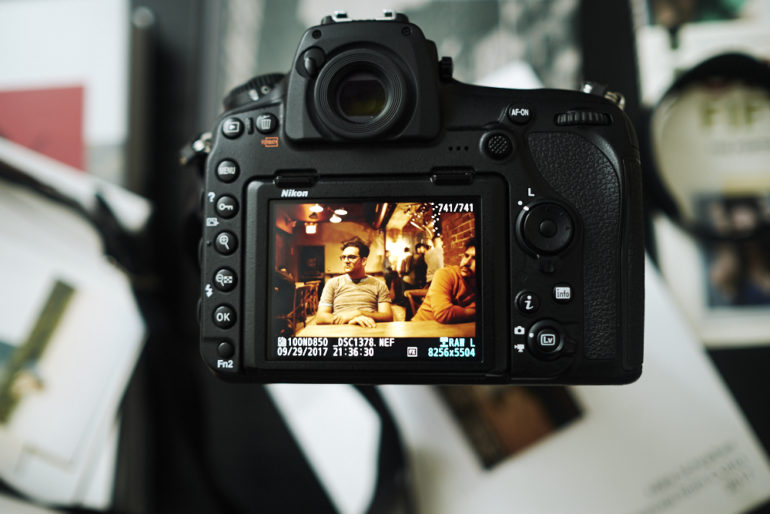 “Image quality from the Nikon D850 across the board is absolutely solid. DXOMark confirms this and the Nikon D850 has a sensor’s results are very forgiving providing you know what you’re doing. Most photographers may use Adobe Lightroom; Lightroom will do a good job but not as well as Capture One Pro–which can be set up to be just like Adobe Lightroom more or less but with more emphasis and focus on certain parts of the photo.”
“Image quality from the Nikon D850 across the board is absolutely solid. DXOMark confirms this and the Nikon D850 has a sensor’s results are very forgiving providing you know what you’re doing. Most photographers may use Adobe Lightroom; Lightroom will do a good job but not as well as Capture One Pro–which can be set up to be just like Adobe Lightroom more or less but with more emphasis and focus on certain parts of the photo.”
Best Point and Shoot: Fujifilm X100F
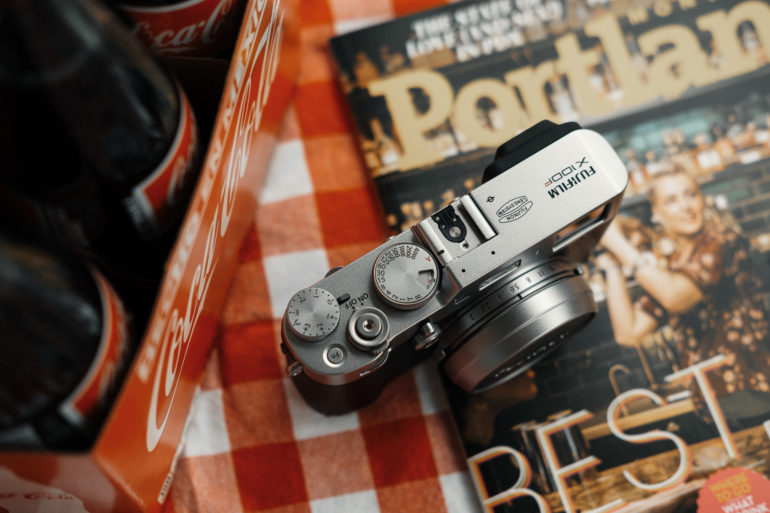 “I have many personal qualms with the Fujifilm X100F, but it isn’t at all a bad camera. In fact, in many ways it’s the absolute best APS-C camera on the market. It’s small, autofocuses quickly, has a low profile, delivers great image quality, has a hybrid EVF/OVF, some of the best battery life of any APS-C mirrorless camera out there, and is very reliable. Fujifilm’s X100 series has evolved quite a bit since the start, and the upgrade over the Fujifilm X100T is pretty significant. Some of the things we’ve needed for a while are now present; though I can easily see how someone will be confused as to whether they should get this or just a 23mm f2 or 23mm f1.4 for their Fujifilm X series camera.”
“I have many personal qualms with the Fujifilm X100F, but it isn’t at all a bad camera. In fact, in many ways it’s the absolute best APS-C camera on the market. It’s small, autofocuses quickly, has a low profile, delivers great image quality, has a hybrid EVF/OVF, some of the best battery life of any APS-C mirrorless camera out there, and is very reliable. Fujifilm’s X100 series has evolved quite a bit since the start, and the upgrade over the Fujifilm X100T is pretty significant. Some of the things we’ve needed for a while are now present; though I can easily see how someone will be confused as to whether they should get this or just a 23mm f2 or 23mm f1.4 for their Fujifilm X series camera.”
Best New Film Emulsion: Fujifilm Instax Wide Monochrome
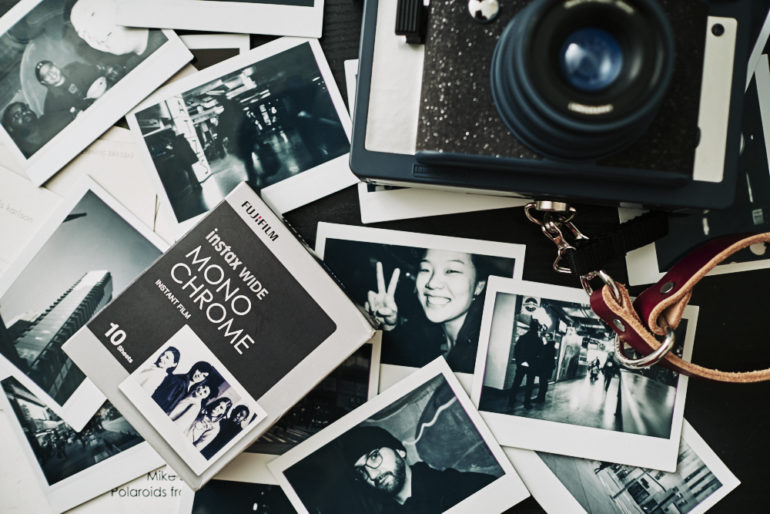 “In fact, Fujifilm Instax Wide Monochrome could be the absolute sharpest black and white instant film emulsion I’ve seen or used in years. In my opinion, it’s capable of outdoing even the old Fujifilm 3000B. I seriously never thought I’d say that. While I miss the excitement of the peel apart process, I’ll be the first to admit Fujifilm Instax Wide Monochrome is a superior film.”
“In fact, Fujifilm Instax Wide Monochrome could be the absolute sharpest black and white instant film emulsion I’ve seen or used in years. In my opinion, it’s capable of outdoing even the old Fujifilm 3000B. I seriously never thought I’d say that. While I miss the excitement of the peel apart process, I’ll be the first to admit Fujifilm Instax Wide Monochrome is a superior film.”
Lenses
Best Portrait Prime Lens: Sigma 135mm f1.8 Art
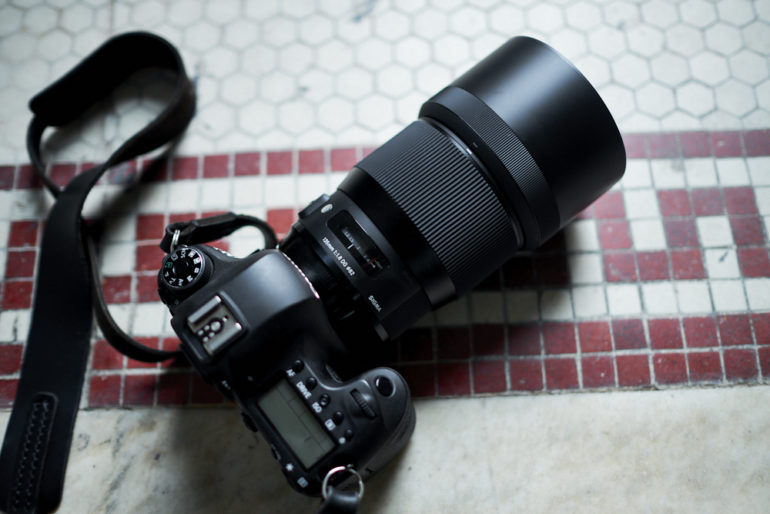 “The Sigma 135mm f1.8 DG HSM Art lens is really incredible when it comes to image quality. Like many of the other Art lenses, there isn’t a whole lot to complain about. Bokeh? Oh man, do you have it. Sharpness? Yes. Colors? Well, that’s where some folks may be torn. Photographers who like the more muted colors will enjoy this lens a lot. But photographers who have come to admire Sigma’s saturation in many of their other lenses may not like this.”
“The Sigma 135mm f1.8 DG HSM Art lens is really incredible when it comes to image quality. Like many of the other Art lenses, there isn’t a whole lot to complain about. Bokeh? Oh man, do you have it. Sharpness? Yes. Colors? Well, that’s where some folks may be torn. Photographers who like the more muted colors will enjoy this lens a lot. But photographers who have come to admire Sigma’s saturation in many of their other lenses may not like this.”
Best Zoom Lens: Tamron 24-70mm f2.8 Di VC USD
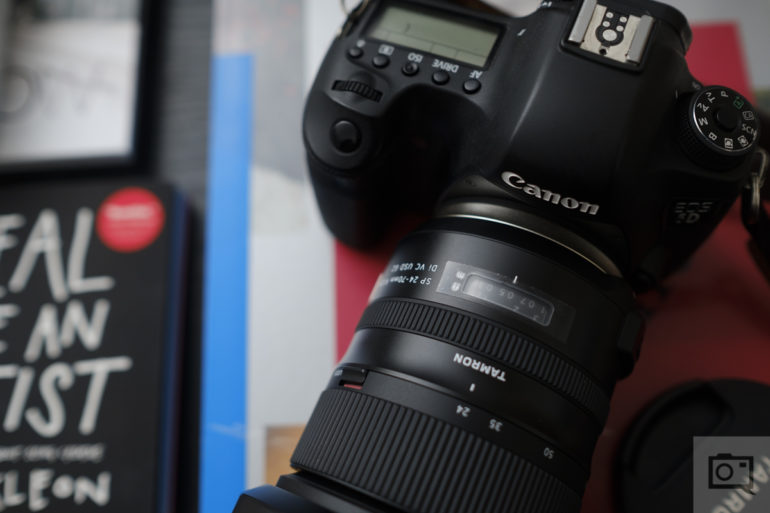 “With both the Canon 6D and Canon 6D Mk II, the Tamron 24-70mm f2.8 Di VC USD is simple and accurate to focus with. In fact, for the first time, I’ve found a lens that can autofocus well with the outer focusing points offered on the Canon 6D original. The autofocus performance was accurate around 97% of the time with the Canon 6D, and 100% of the time with the Canon 6D Mk II. I’ve never been able to completely get this with Sigma unless I’m using the center focusing point. So overall, kudos to Tamron here.”
“With both the Canon 6D and Canon 6D Mk II, the Tamron 24-70mm f2.8 Di VC USD is simple and accurate to focus with. In fact, for the first time, I’ve found a lens that can autofocus well with the outer focusing points offered on the Canon 6D original. The autofocus performance was accurate around 97% of the time with the Canon 6D, and 100% of the time with the Canon 6D Mk II. I’ve never been able to completely get this with Sigma unless I’m using the center focusing point. So overall, kudos to Tamron here.”
Best Workhorse Prime Lens: Nikon 28mm f1.4 E ED
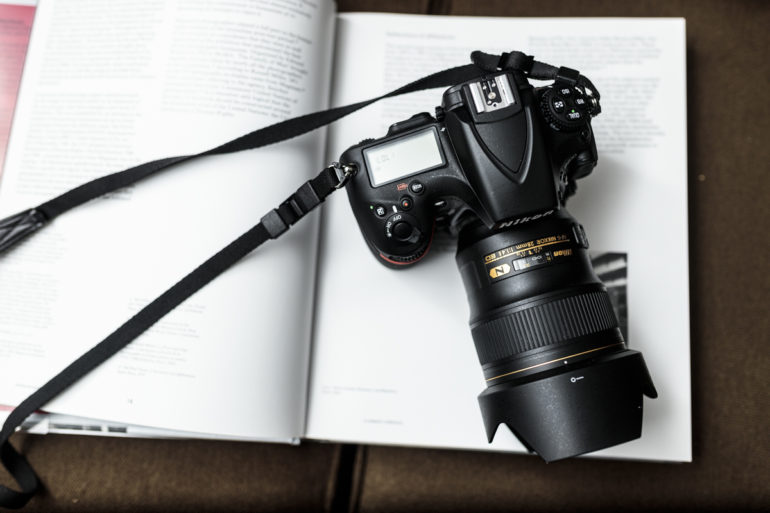 “If you’re a fan of Nikon’s colors, then you’ll be happy to know that the Nikon 28mm f1.4 is pretty much consistent with everything you’ve come to expect from Nikon. This lens is fantastic is so many areas of image quality parameters. It keeps the distortion down, doesn’t suffer from fringing issues when dealing with images right out of the camera, has nice bokeh, and is pretty darned sharp. For a lens that’s right under $2,000 you have to expect the quality is top notch. And in all honesty, that’s all I’d expect from a lens like this.”
“If you’re a fan of Nikon’s colors, then you’ll be happy to know that the Nikon 28mm f1.4 is pretty much consistent with everything you’ve come to expect from Nikon. This lens is fantastic is so many areas of image quality parameters. It keeps the distortion down, doesn’t suffer from fringing issues when dealing with images right out of the camera, has nice bokeh, and is pretty darned sharp. For a lens that’s right under $2,000 you have to expect the quality is top notch. And in all honesty, that’s all I’d expect from a lens like this.”
Best Wide Angle Prime Lens: IRIX 15mm f2.4 Blackstone
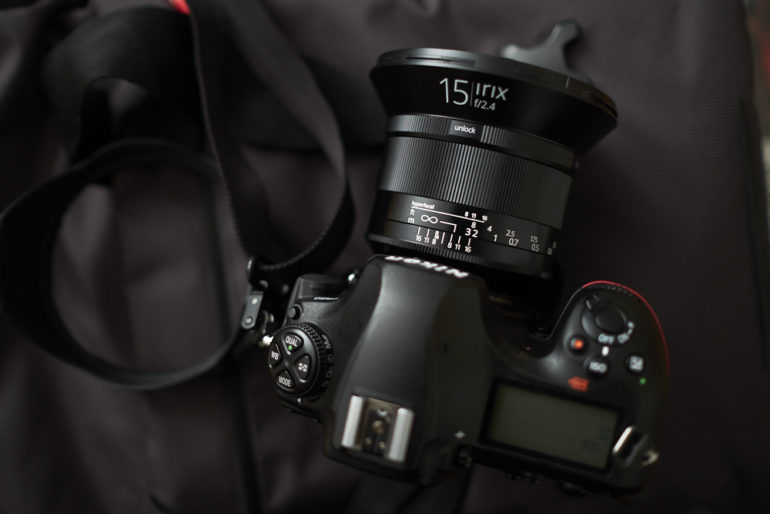 Though I didn’t take the Irix 15mm f2.4 Blackstone out in the rain or inclement weather, it surely did survive some tumbles in my camera bag. Still, the Blackstone versions of the lens have full weather sealing vs the Firefly versions which have a plastic exterior and no weather sealing on the front element. With the Irix 15mm f2.4 Blackstone lens, you can rest assured that as long as it’s connected to a camera with weather sealing it is protected. On the lens mount, you can see the rubber ring that completes the contact with the camera.
Though I didn’t take the Irix 15mm f2.4 Blackstone out in the rain or inclement weather, it surely did survive some tumbles in my camera bag. Still, the Blackstone versions of the lens have full weather sealing vs the Firefly versions which have a plastic exterior and no weather sealing on the front element. With the Irix 15mm f2.4 Blackstone lens, you can rest assured that as long as it’s connected to a camera with weather sealing it is protected. On the lens mount, you can see the rubber ring that completes the contact with the camera.
The exterior is also made of metal and has a texture that doesn’t really make the lens slippery at all. Instead, it’s easy to grip and hold onto. It’s a great lens when it comes to the build quality.
Best Interesting Lens: Lensbaby Velvet 85mm f1.8
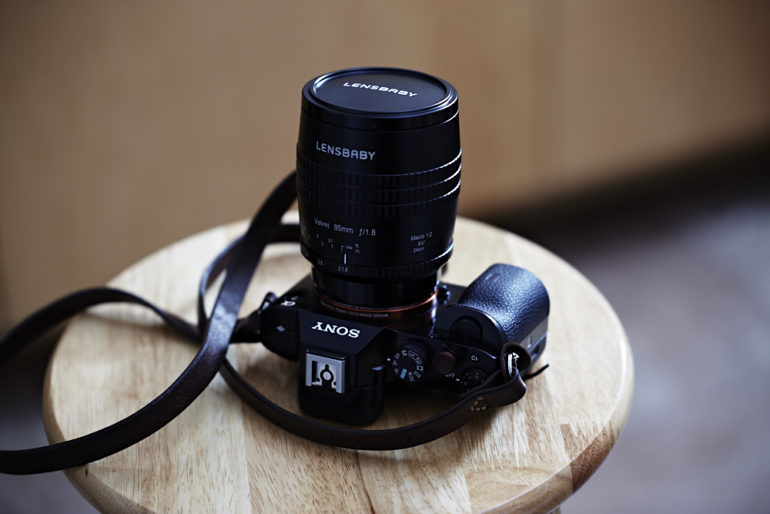 “The Lensbaby Velvet 85mm f1.8 could probably be easily mistakes for a cinema lens more than anything else partially due to how it’s designed. Since it’s a manual focus lens, consider the fact that you’ll be manually focusing a lot and therefore cranking away at the focusing ring. Luckily, the newer Sony camera bodies have image stabilization built in.”
“The Lensbaby Velvet 85mm f1.8 could probably be easily mistakes for a cinema lens more than anything else partially due to how it’s designed. Since it’s a manual focus lens, consider the fact that you’ll be manually focusing a lot and therefore cranking away at the focusing ring. Luckily, the newer Sony camera bodies have image stabilization built in.”
Accessories
Best New Accessory: LUMU Power Light Meter
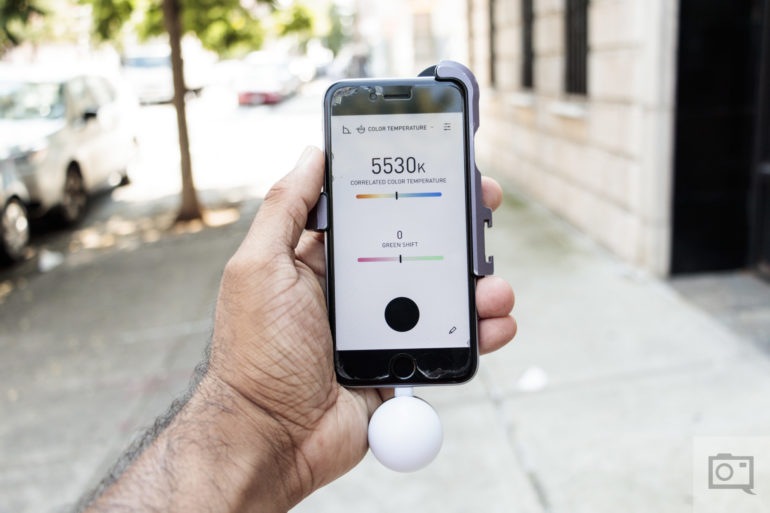 “To be fair, if you’re a photographer who uses your camera’s light meter and have no issues with it, you’re probably not the person this review and product are targeting. The advantages of a handheld light meter are many. They’re often much better at determining color readings if you’re not one to use Auto White Balance (I shun auto white balance), shoot with film and a film camera that doesn’t have a light meter built in, shoot film with a film camera that has a light meter but the light meter is complete garbage, shoot cinema, etc. For the better part of five years I’ve been using handheld light meters and love them. They’re much lighter and smaller to bring with you vs a digital camera to accompany your serious and often larger format film camera. But with the Lumu Power, they just became ridiculously small.”
“To be fair, if you’re a photographer who uses your camera’s light meter and have no issues with it, you’re probably not the person this review and product are targeting. The advantages of a handheld light meter are many. They’re often much better at determining color readings if you’re not one to use Auto White Balance (I shun auto white balance), shoot with film and a film camera that doesn’t have a light meter built in, shoot film with a film camera that has a light meter but the light meter is complete garbage, shoot cinema, etc. For the better part of five years I’ve been using handheld light meters and love them. They’re much lighter and smaller to bring with you vs a digital camera to accompany your serious and often larger format film camera. But with the Lumu Power, they just became ridiculously small.”
Best New Light for Photographers: Profoto B1X
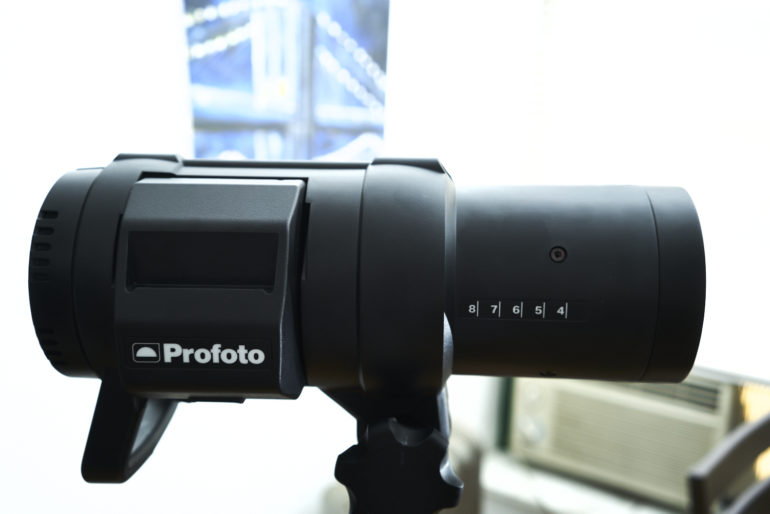 “With the Profoto B1X you can expect the absolute best in terms of image quality. Every time I use Profoto’s lights I’m always amazed. Godox, Interfit, Impact, and Flashpoint all have a beautiful quality to them. But there has always been something I can’t put my finger on that inherently makes a Profoto image feel like, well, a Profoto image. Flashpoint gets the closest; but perhaps what really makes it is the inclusion of a frosted dome that requires no umbrella reflector.”
“With the Profoto B1X you can expect the absolute best in terms of image quality. Every time I use Profoto’s lights I’m always amazed. Godox, Interfit, Impact, and Flashpoint all have a beautiful quality to them. But there has always been something I can’t put my finger on that inherently makes a Profoto image feel like, well, a Profoto image. Flashpoint gets the closest; but perhaps what really makes it is the inclusion of a frosted dome that requires no umbrella reflector.”
Best Messenger Bag for Photographers: Blackforest Bags Vinson
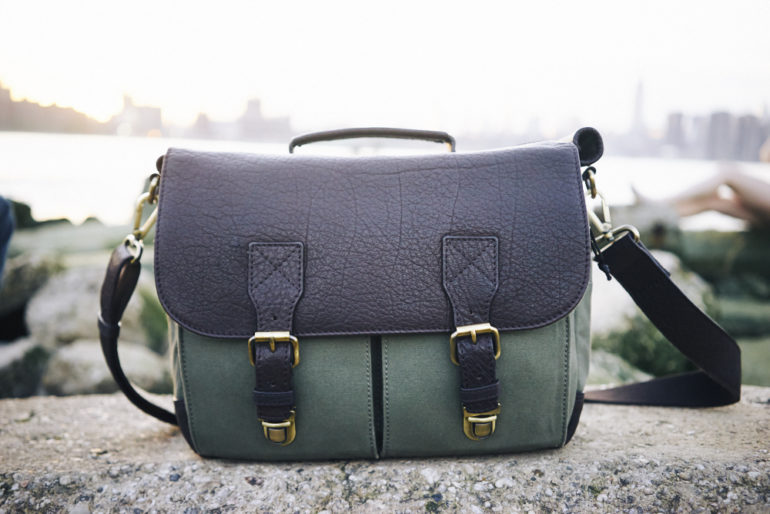 “In my tests, I didn’t find the BlackForest Vinson to be problematic at all. What I’m really shocked again by is how subtly sturdy the closing clips are. When using the bag and carrying it around like a suit case, it won’t open up. This is better than some of the stuff I’ve gotten from Army/Navy shops.
“In my tests, I didn’t find the BlackForest Vinson to be problematic at all. What I’m really shocked again by is how subtly sturdy the closing clips are. When using the bag and carrying it around like a suit case, it won’t open up. This is better than some of the stuff I’ve gotten from Army/Navy shops.
Dare I say it: the clips have a better build than what Hawkesmill have in their first iteration of camera bags. Their newer system though is built very nicely.”
Best Backpack for Photographers: Manfrotto Manhattan 3 Way Changer 20
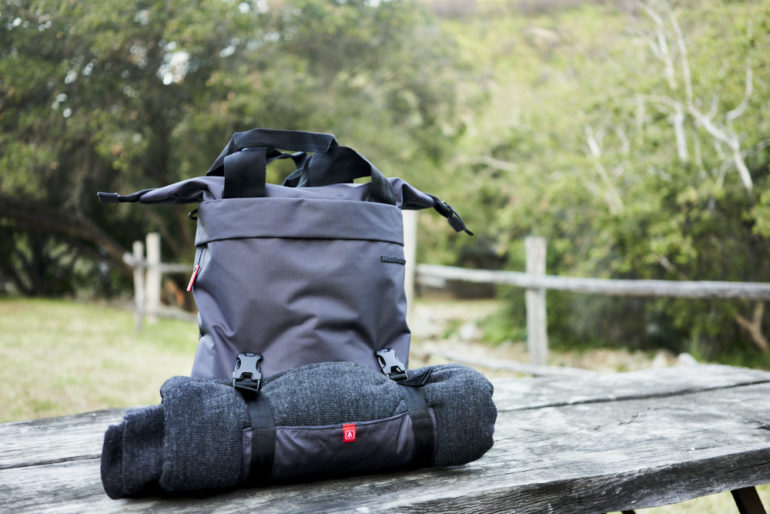 “The absolutely amazing thing about the Manfrotto Manhattan 3-Way Shoulder Bag Changer 20 is that, throughout the entire time testing it, I had legitimate usage reasons for all three configurations. Whether going into the subways, hiking up a hill, running the bag through airports with the WANDRD PRVKE Pack on my back as my main travel bag, going to a number of events, shooting film along the shore line, hanging out with friends, etc., I had a major reason to configure this bag into something else at one time or another. For that reason, I not only can recommend it for the NYC and city photographer in general, but for the travel photographer who brings all carry-ons on a flight simply because you’ve lost all faith in the TSA. When you need to go to a shoot and an airline loses your luggage, you learn it makes a lot of sense to keep all your stuff with you when travelling. What’s also really nice is, because this bag can hold my cape on the bottom, it can double as being something very comfortable for those moments where you just want to lay down on the grass under the stars at night.”
“The absolutely amazing thing about the Manfrotto Manhattan 3-Way Shoulder Bag Changer 20 is that, throughout the entire time testing it, I had legitimate usage reasons for all three configurations. Whether going into the subways, hiking up a hill, running the bag through airports with the WANDRD PRVKE Pack on my back as my main travel bag, going to a number of events, shooting film along the shore line, hanging out with friends, etc., I had a major reason to configure this bag into something else at one time or another. For that reason, I not only can recommend it for the NYC and city photographer in general, but for the travel photographer who brings all carry-ons on a flight simply because you’ve lost all faith in the TSA. When you need to go to a shoot and an airline loses your luggage, you learn it makes a lot of sense to keep all your stuff with you when travelling. What’s also really nice is, because this bag can hold my cape on the bottom, it can double as being something very comfortable for those moments where you just want to lay down on the grass under the stars at night.”
Best Monitor for Photographers: BENQ SW320 Pro
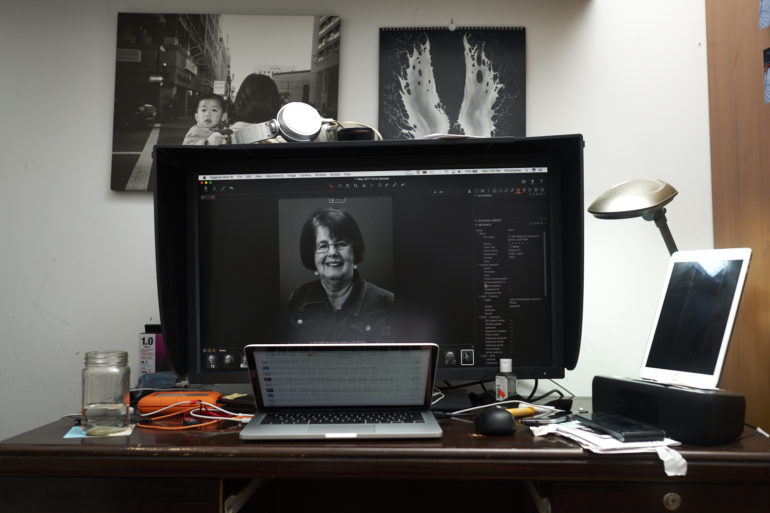 “The BenQ SW320 PRO is a big, heavy, and well built monitor. Part of this comes from the insanely well built stand it attaches to. Additionally, it was designed with ease of use in mind. Other monitors I’ve used, like those from Asus, don’t have simple buttons on the front. But this one does and it’s really easy for you to figure out how to use it just by looking at the display instructions when they come up.
“The BenQ SW320 PRO is a big, heavy, and well built monitor. Part of this comes from the insanely well built stand it attaches to. Additionally, it was designed with ease of use in mind. Other monitors I’ve used, like those from Asus, don’t have simple buttons on the front. But this one does and it’s really easy for you to figure out how to use it just by looking at the display instructions when they come up.
Additionally, the Matte box is very well built. Over here, you can see that I’ve got Sony headphones, prints, and my Datacolor Spyder on here. The pieces snap into each other and provide a fair bit of support in addition to light blocking abilities.”
Best Tripod: Cokin RIVIERA Classic
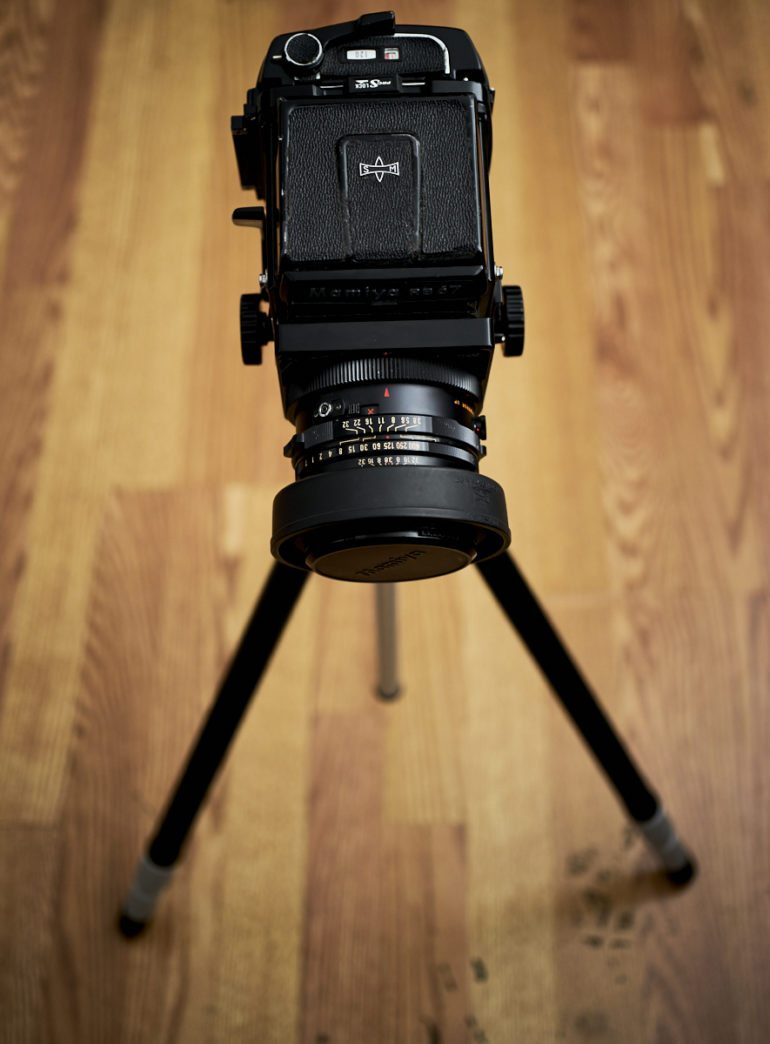 “Most of the work I’ve been doing with this tripod involves the new type of video work I’m producing for the site, and medium format portrait work. It’s fantastic for that overall. Something that would have been a nice addition is more bubble levels and an actual working ballhead. However, that wouldn’t be true to the design. When it comes to holding true to the design, Cokin does a great job here.
“Most of the work I’ve been doing with this tripod involves the new type of video work I’m producing for the site, and medium format portrait work. It’s fantastic for that overall. Something that would have been a nice addition is more bubble levels and an actual working ballhead. However, that wouldn’t be true to the design. When it comes to holding true to the design, Cokin does a great job here.
The photographers I think this would be best for are film photographers, though it can also be useful for many others that don’t necessarily need a ballhead per se.”
Read our review


